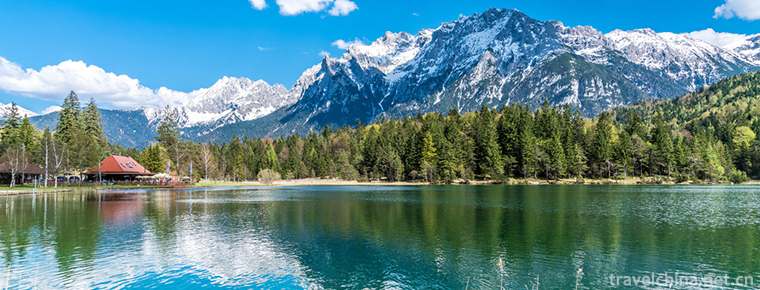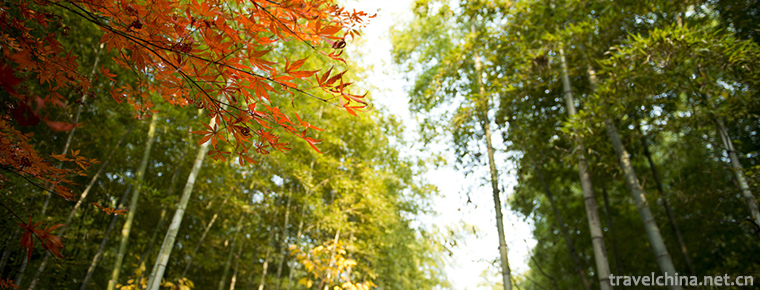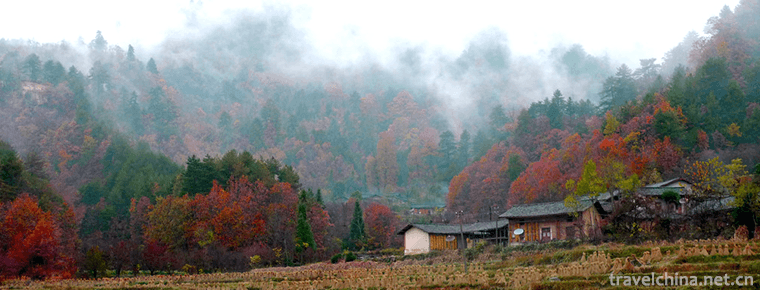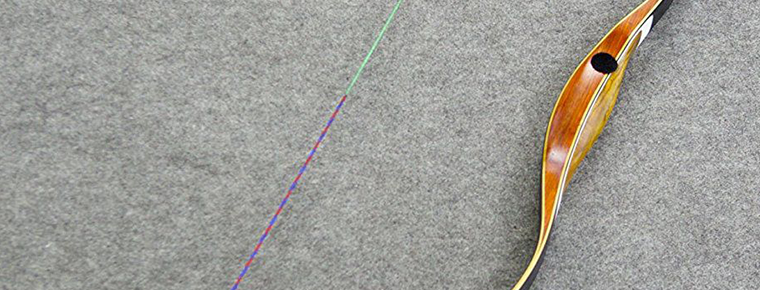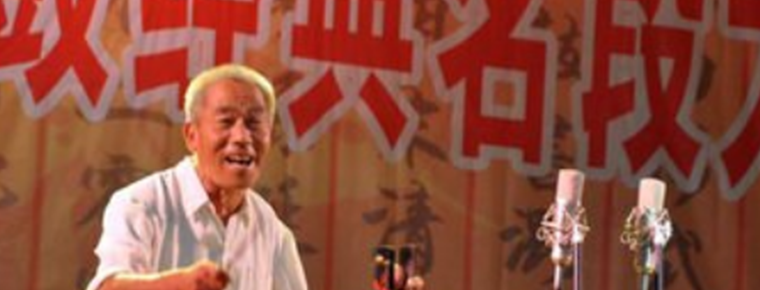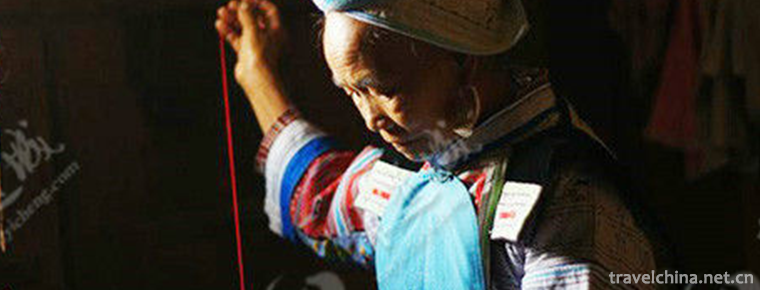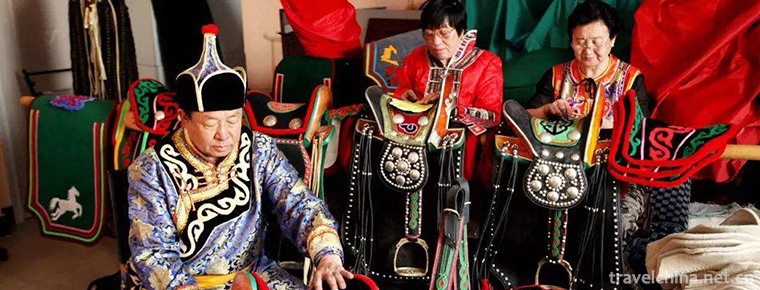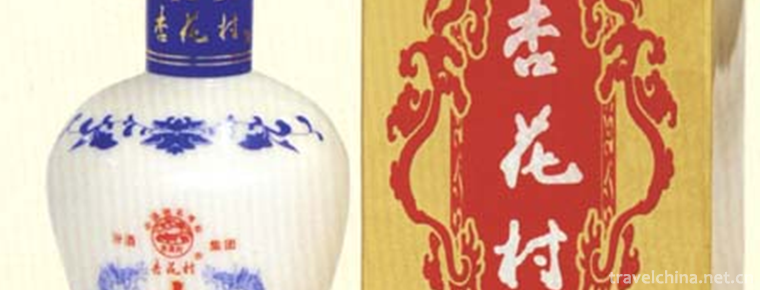Legend of Yongding River
Legend of Yongding River
Yongding River legend is one of the local folklores in Beijing. Among many legends, the legend of river blocking is representative; the legend of Shijing Mountain and Shijing Mountain; the legend of buffalo in Yongding River Town; the legend of Wang Laohan planting river banks and willows; the legend of General Feng severely punishing veterans and ruffians; the legend of Mayu Village; and the Legend of Liu Niangfu.
In 2008, the legend of Yongding River declared by Shijingshan District of Beijing was listed in the second batch of national intangible cultural heritage list with the approval of the State Council.
Historical Origin
Yongding River is the largest river in Beijing. It originates from Guanjunling in Ningwu County, northern Shanxi Province. It runs through Mentougou, Shijingshan, Fengtai, Fangshan and Daxing five districts. The total length of Yongding River is 650 kilometers. The total area of the river basin is 50800 square kilometers. It is called "Mother River of Beijing". The inland reach of Shijingshan District is about 11.6 kilometers long, 100-1500 meters wide, Sandy and pebble riverbed, with a maximum water level of 7 meters and a basin area of 80 square kilometers. Because of the topographic reasons, the Yongding River Basin often suffers from continuous floods, which poses a great threat to the urban and rural areas of Beijing. In order to avoid disaster and live a stable life, people have produced many legends about Yongding River.
The location of Beijing City was formed and developed on the upper part of the flood alluvial fan of Yongding River. In the early years, the timber needed for the construction of Beijing was transported to Beijing by Yongding River. This long-standing river not only gave birth to the ancient city of Beijing, but also gave birth to the Yongding River culture, which runs through the historical development and accumulates profound details. The legend of Yongding River is one of its unique contents.
primary coverage
Among many legends, the most representative ones are: legends of river blocking; legends of stone and damp rivers; legends of buffalo in Yongding River Town; legends of planting river banks and willows by Wang Laohan; legends of General Feng's severe punishment of veterans and ruffians; legends from Mayu Village; legends of Liu Niangfu.
Inheritance value
The legend of Yongding River is vivid, rich in content and rich in local color. It is the crystallization of the wisdom of the people on both sides of Yongding River. It records the development history of people's harnessing Yongding River in different historical periods and provides detailed information for the study of the history of Beijing's production and development. At the same time, the people around Yongding River, as reflected in legend, have certain practical significance and educational value in their struggle and spirit to overcome floods and fight relentlessly with nature.
Current situation of inheritance
The legend of Yongding River has a long history. Cao Yuxing is the most representative narrator in Shijingshan. Because the old man is 95 years old and has a high age, if these oral legends are not recorded and sorted out, the legend of Yongding River, which has a long history, will probably disappear under the impact of modernization.
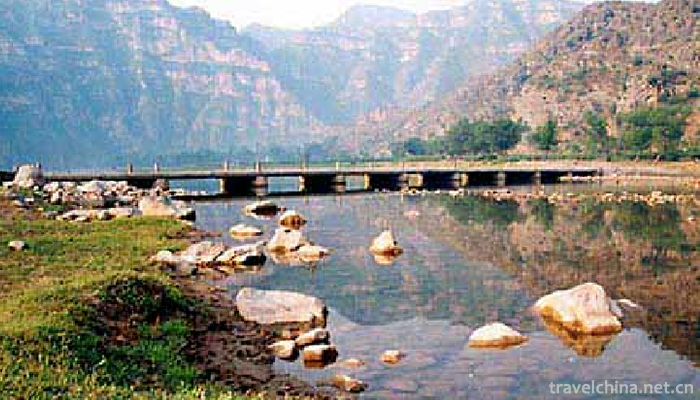

Legend of Yongding River
-
Changbai Mountains
Changbai Mountains are the birthplace of the Yalu River, Songhua River and Tumen river. It is the birthplace of Chinese Manchu and the sacred mountain of Manchu culture
Views: 235 Time 2018-10-30 -
Nanshan Bamboo Sea Scenic Area
Tianmu Hunan Shanzhuhai Scenic Area is located in Liyang, Jiangsu Province, which is the junction of Jiangsu and Anhui Provinces. It is a national 5A scenic spot.
Views: 267 Time 2018-12-31 -
Changqing Huayang Scenic Area
Huayang Scenic Area is a national AAAA-level tourist attraction, located in Huayang Town, Yangxian County, south of Qinling Mountains, 76 kilometers away from the county seat, with an average elevatio
Views: 208 Time 2019-03-17 -
Traditional archery
The traditional bow is an ancient invention consisting of three parts: wood, horn and tendon. The manufacturing process is complex and the materials used are various, and the workmanship and material
Views: 168 Time 2019-04-19 -
Fuzhou Arts
Fuzhou jiuyi, also known as jingyi, belongs to one of the five traditional local songs in Fujian Province, which mainly focus on singing, and is popular in Fuzhou dialect area
Views: 419 Time 2019-04-29 -
Lu an drum
Luan drum is a traditional drum book and drum music form with distinct regional characteristics in the north, also known as the "old tune of Lu'an". It is named for its popularity in the are
Views: 446 Time 2019-05-15 -
Miao embroidery
Miao embroidery refers to the embroidery skills inherited by the Miao people in China. Miao embroidery in Leishan County, Guiyang City and Jianhe County of Guizhou Province has different forms and sty
Views: 166 Time 2019-06-05 -
Mongolian Horse Tool Making Skills
The Mongolian horse harness making technique is a handicraft in Horqin left-wing Houqi area of Inner Mongolia Autonomous Region. The production technology of horseback is accompanied by the "hors
Views: 111 Time 2019-06-05 -
She Nationality Medicine
She medicine is mainly distributed in Jingning She Autonomous County of Zhejiang Province and in some mountainous areas of Fujian and Jiangxi provinces. She nationality has no written language and is
Views: 136 Time 2019-06-14 -
Brewing Techniques of Fen Liquor in Xinghua Village
The brewing process of Fen liquor in Xinghua Village is complicated. Fen liquor in Xinghua Village is finally brewed through six main processes: grinding, moistening, steaming, fermentation, distillat
Views: 150 Time 2019-07-08 -
Deyang secondary industry
In 2018, the total industrial added value of Deyang City was 101.28 billion yuan, an increase of 9.8% over the previous year. By the end of the year, there were 1376 Industrial Enterprises above Designated Size, and the added value of industries above
Views: 335 Time 2020-12-14 -
Leshan landform
Leshan City is located in the transition zone from Sichuan basin to southwest mountainous area. The overall trend is high in Southwest China and low in Northeast China. The highest point is the main peak of Ma'anshan in Ebian Yi Autonomous County, with an altitude
Views: 391 Time 2020-12-17
